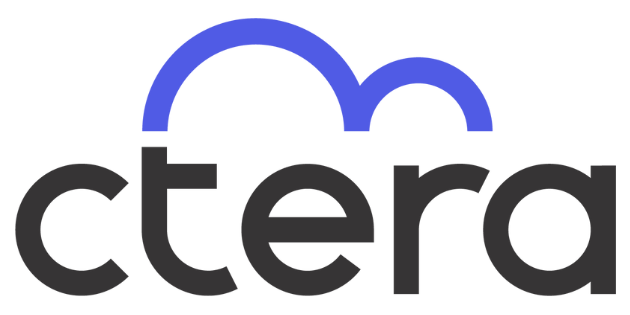CTERA connected us with Bezeq, which is a communications company in Israel that also sells similar solutions, and we also set up a portal. We were then Bezeq's integrator, until Bezeq decided to stop the activity with this product, from the beginning of 2025. Bezeq customers who want to continue working on the product go to us, we have our own portal as well.
Over the years, CTERA has shifted its focus away from local and cloud backup, concentrating instead on the file server with smart storage, HFILER, and caching mode, which we are aligned with. We have continued to deploy backup, archiving, and other complementary solutions on top of CTERA’s platform.
Since we have a big cloud environment, we back it up to CTERA’S portal and we use its archive.
CTERA first took that direction 4-5 years ago. My relationship with CTERA is around 17 years old and every time a new version comes out or additional features are released, they update me. You could say we are their BETA SITE here in Israel. It’s been rewarding to expand our capabilities together throughout the years. I look at it that way because a lot of times they send me information and ask for my thoughts.
We are CTERA’s main exclusive partner integrator in Israel, in the world of SMB. There are other companies with which we are also in contact, but they are more interested in the enterprise market, like Binat, which works with CTERA but with Enterprise customers. We also have a channel with them for business, where we are the executive arm.
Over the years, we have acquired a great deal of knowledge with CTERA, whether it’s with the portal, if it’s on the side of end customers, or with migration.
In regards to our main use cases would be migration from legacy storage such as Dell EMC, NetApp, IBM CALLSTORAGE. It’s a traditional file storage that we use with CTERA’s tools and our tools. A migration to CTERA’s environment happens when a client has a small file server in his office and has a big portal behind him. So we connect him, if he has different branches, or work-from-home scenarios or international users.
CTERA is a company that continually evolves with the latest modernization and technology. Its solution is built to handle ransomware and is strongly security-oriented, which is what I appreciate most about it. The fact that the U.S. Department of Defense and major enterprises in the U.S. have adopted this product speaks volumes. The company’s roots trace back to Check Point, giving it a strong foundation in security-first thinking. In recent years, ransomware attacks have become increasingly common, and CTERA has integrated anti-ransomware capabilities directly into its product, well before you even need additional defenses like EDR or XDR. To me, this makes it a fantastic solution that ensures the files you’re working on remain safe and protected.
Even in cases where companies have suffered ransomware attacks and turned to us for help, CTERA has proven to make the recovery process significantly faster than any other solution I’ve seen. There’s no need for elaborate reconstructions, files are safeguarded in the portal, ensuring business continuity from day zero. Once the issue is identified, operations can resume immediately. Our experience shows that CTERA is constantly advancing its solutions, and now, with the growing trend of AI integration, they are adopting it in an optimal way.
Another important advantage is volume reduction. CTERA allows us to maintain consistent pricing for our customers by optimizing storage. In the past, when storage was full, we felt compelled to purchase more. Today, with the ability to archive workloads securely in the cloud, where they remain accessible at all times, there’s no need to worry about constantly expanding on-premises server capacity.
In the cloud-based world, CTERA provides a significant advantage. For example, at RealTime, we deliver cloud services to our customers, and when a customer requires a file server, we deploy a small one in the cloud. Since cloud storage disks are expensive, CTERA’s smart archiving allows us to keep only what’s necessary on the live server while moving the bulk of the data into efficient archive storage, cutting costs substantially.
Instead of storing an entire 10-terabyte dataset on costly SSD disks, we only need to store about 500 gigabytes. The full 10 terabytes remain accessible in CTERA’s portal, at a fraction of the cost compared to traditional cloud servers.
